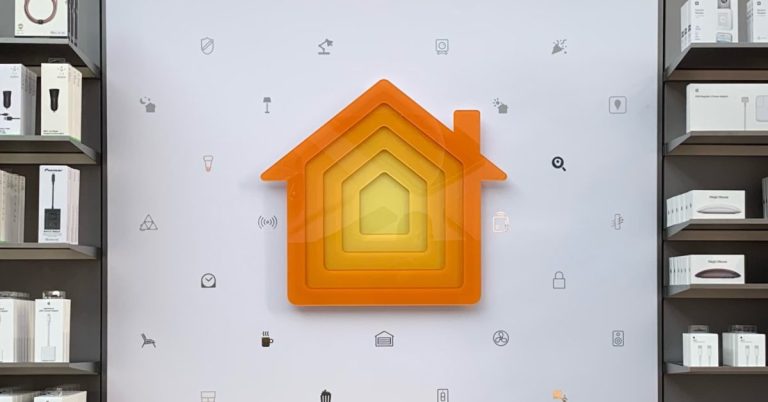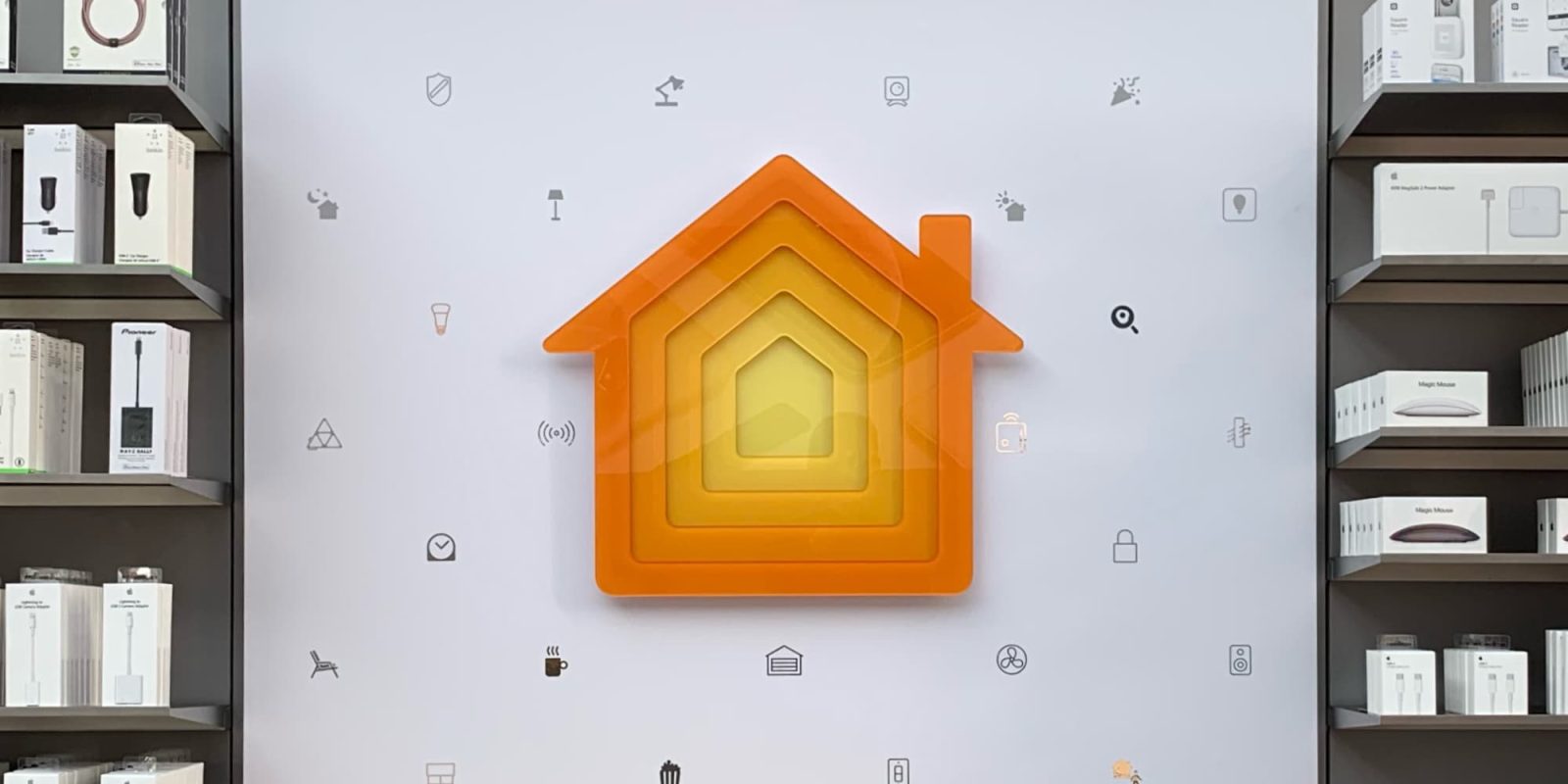
Is it your first time using Apple's smart home platform, HomeKit, thanks to a well-timed Christmas gift? Then you're in luck! In this article, we'll share some tips and tricks to help you get started with HomeKit and get the most out of your smart home setup. We cover everything you need to know to get started with HomeKit, from setting up your first HomeKit-compatible device to creating automations and using the Home app. We'll also dive into some of the platform's more advanced features, like setting up HomeKit Secure Video and using HomePod as a hub. Whether you're a seasoned smart home user or new to the game, these tips and tricks will help you get the most out of your HomeKit setup.
HomeKit Weekly is a series focused on smart home accessories, automation tips and tricks, and all things Apple's smart home framework.
What is HomeKit's Home Hub?

A home hub with HomeKit is a device that acts as a central hub for your smart home system. You can remotely control and monitor connected devices using your smartphone or tablet. With a home hub, you can turn off the lights, adjust the thermostat, and check the status of your security cameras from anywhere, as long as you have an internet connection. Apple supports Apple TV or HomePod mini as a home hub. If you have more than one, if the main goes offline, only one will act as the home hub and the others will remain in standby mode. A Home hub is essential to a great HomeKit experience.
Share your Apple HomeKit home with others
There are several reasons why you might want to share control of your Apple Home with someone. For example, you can give family members or trusted friends access to your smart home devices so they can control them while you're away. Sharing a home with a spouse or roommate is an obvious reason to want to share access. Here's how to share your HomeKit environment with someone:
Open the Home app on your device (iPhone, iPad, or Mac).Tap the + button in the top right Enter the email address you want to invite (your iCloud Family account will automatically appear) When you're ready to send the invitation, tap or click Send Invitation
Update HomePod mini
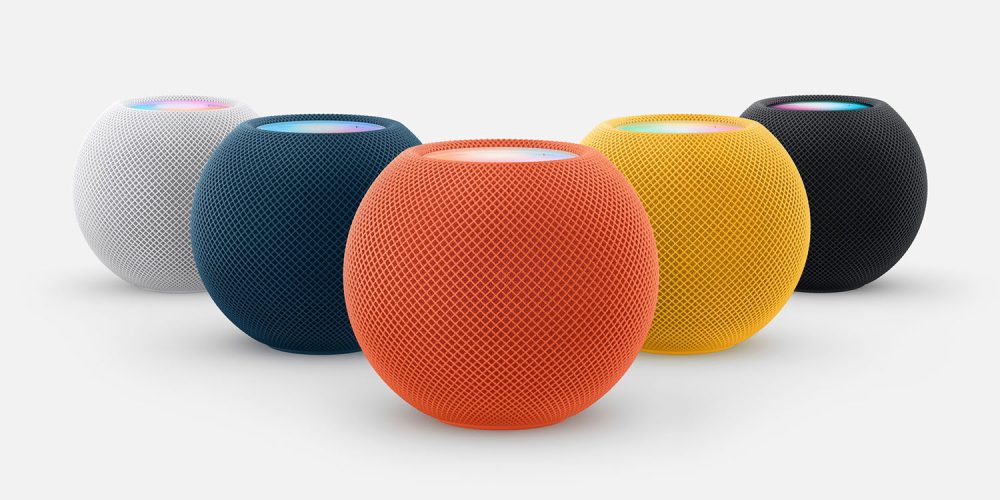
By default, HomePod and HomePod mini automatically install new software updates. However, you can manually check for updates in the Home app on your iPhone, iPad, or Mac. To do this, make sure your device is running the latest version of iOS, iPadOS, or macOS and follow these steps.
Open the Home app. Tap or click the More button and select Home Settings > Software Update. If there are new updates available, select Update. If not, you can select HomePod and turn on automatic updates to automatically install the latest software when it's available. Software Update also shows information about the current version of software installed on HomePod. During the update process, you'll see a white rotating light on the top of HomePod. The update may take some time, so make sure your HomePod remains connected.
A lot is changing in the smart home world right now (Matter, Thread, etc.) and to take advantage of the latest features, it's imperative that your devices have the latest OS.
Configure HomeKit Secure Video
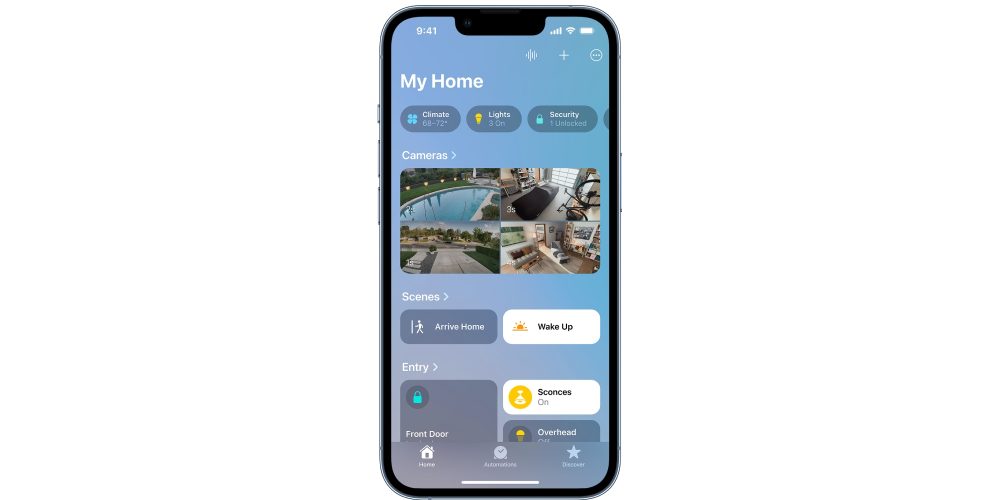
HomeKit Secure Video is a feature of the HomeKit smart home platform that allows users to securely store and view video footage from home security cameras. Protect your footage from unauthorized access with end-to-end encryption and store it in iCloud instead of on the camera itself.
The number of cameras you can add to HomeKit Secure Video depends on your iCloud+ plan. The 50 GB plan allows one camera, the 200 GB plan allows up to 5 cameras, and the 2 TB plan allows unlimited cameras. Number of cameras.
One of the main benefits of HomeKit Secure Video is its integration with other HomeKit-enabled devices, which allows users to set up automations and triggers based on video footage. For example, users can turn on lights if motion is detected or receive alerts if an unusual event is captured. See this article I wrote a few years ago about how these triggers helped prevent my car from being stolen.
To use HomeKit Secure Video, you must enable it in the iCloud settings on your iPhone, iPad, or iPod touch. From there, you can add the camera to the Home app, choose streaming and recording options, assign the camera to specific rooms, and create activity zones and facial recognition alerts. Streaming and recording options let you customize settings such as recording only when no one is home. These settings are great for people who value their privacy.
Creating HomeKit automations
Your home becomes truly smart when devices like lights, blinds, locks, thermostats, motion sensors, and more can work together automatically without you having to issue a command or touch your iPhone.
Apple's Home app includes a great user interface for quickly and easily creating automations to help you get the most out of your HomeKit devices.
On your iPhone or iPad, at the bottom center of the Home app.[オートメーション]Select a tab. Select the options that will trigger the automation, such as time of day, motion sensor, person arrival or departure. Choose which HomeKit devices are involved and how they respond (off, on, etc.) to triggered automations. When you're done, tap Done in the top-right corner.
Creating a HomeKit scene
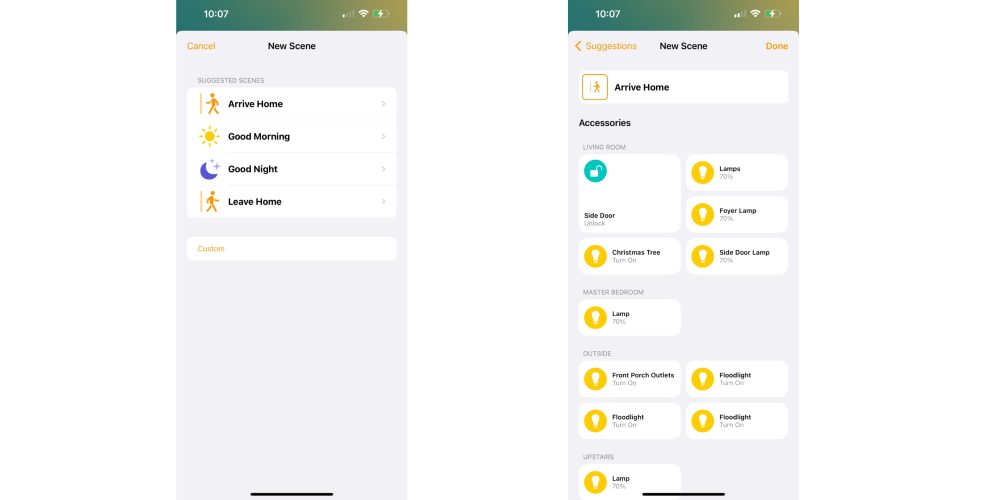
HomeKit Scenes are a useful feature that lets you control multiple devices and accessories at once with a single command. For example, you can create a “good morning” scene that turns on the lights, starts the coffee maker, and adjusts the thermostat to your desired temperature without having to control each accessory individually.
To create a scene with HomeKit, follow these steps:
Open the Home app and tap the “+” button in the top right corner. Select Add Scene from the options. If you want to create a custom scene, tap Custom. Name your scene and choose an icon or image to represent it (tap an existing icon to change).[アクセサリの追加]Tap. Find the device you want to automate in your scene and set the desired state. Repeat this process for each device or accessory you want to include in your scene. When you're finished adding actions, tap Done to save the scene.
You can then tap the scene in the Home app to activate the scene, or use Siri to say, “Hey Siri, turn on the good morning scene.” You can also set up automations that trigger scenes at specific times or when certain conditions are met. For example, you can set a scene to turn off all lights and lock your doors when you leave the house or at certain times of the day. Scenes are a powerful tool that streamlines your HomeKit setup and makes it easy to control multiple devices at once. If you're really interested in scenes, check out the Wemo controller, which configures an easy way to trigger scenes without needing access to your iOS device.
Set up NFC automation within HomeKit
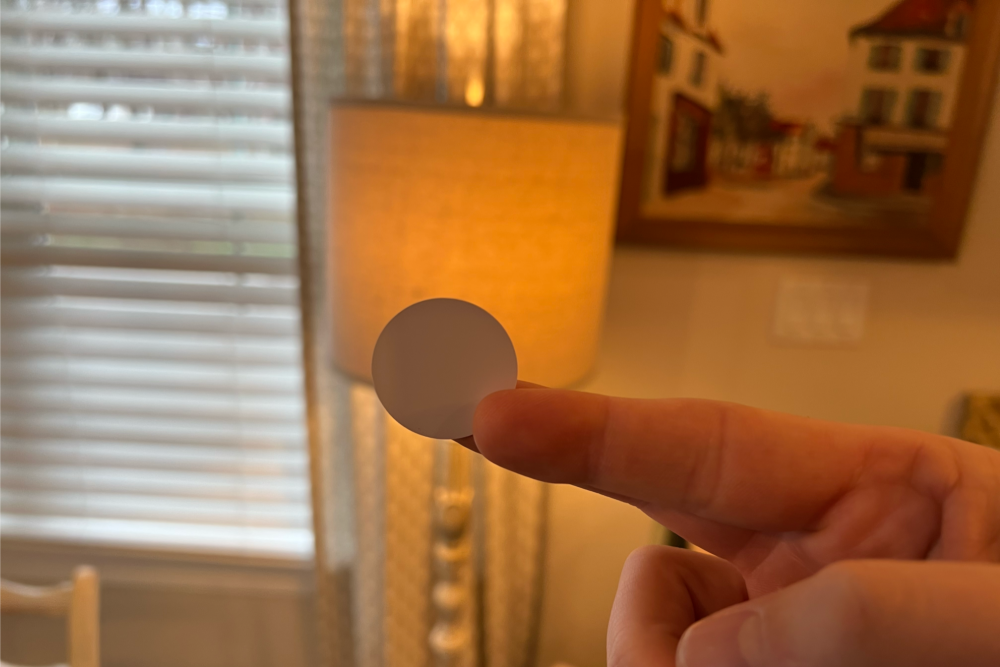
There are many ways to interact with HomeKit, including using the Home app on iOS or macOS, using Siri on HomePod or Apple Watch, and using NFC tags. NFC tags are an underutilized technology that can be used to build HomeKit automations quickly and easily, and at less than $1 per automation, they are very cost-effective. In fact, since learning how to use NFC tags, I've found them to be a convenient way to use HomeKit, as they provide faster access than the Home app and are more reliable than Siri. It's worth noting that just as QR codes have been underutilized for a decade, NFC tags are likely to become more widely used in the coming years. If you don't have it, here's a link where you can buy it once at a low price.
While you might think the Home app is the best place to create NFC automations for HomeKit, you'll actually start with the Shortcuts app.First, at the bottom of the Shortcuts app, click[オートメーション]Find the tab,[パーソナル オートメーションの作成]Choose.
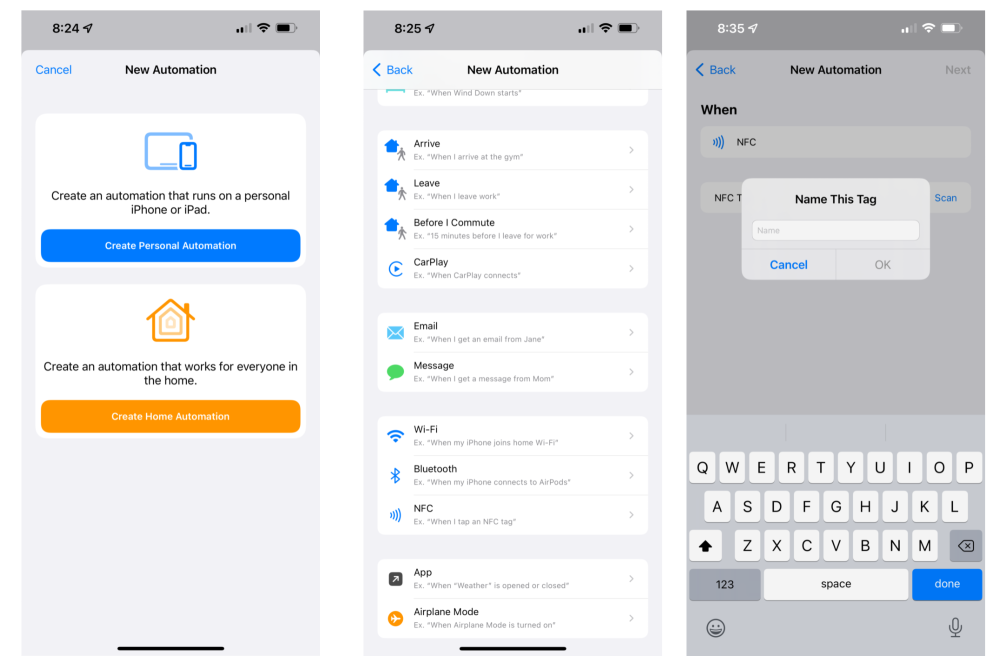
Next, look for the “When I tap an NFC tag” option. Tap Scan on the next screen. Next, place one of the NFC tags on your iPhone (on iPhone 13, it's near the camera). You will then be given the opportunity to name it. You've selected the name of the automation you want to run when tapped.
Then select Add Action. next,[アプリ]Tap the tab[ホーム]Select[ホームを制御する]Select an option. Then tap Set Scene and Accessories. Find the accessory/scene and set it to turn on or off. You can then complete your HomeKit automation using NFC tags. One thing to note: I turn off “Ask before running” for most automations.
Resolving HomeKit not responding errors
In HomeKit, a “not responding” error typically indicates that the device or accessory isn't responding to commands or requests. This can happen for a variety of reasons, including connection issues or issues with the device itself.
Here are some steps you can try to troubleshoot the “Not Responding” error.
Check the power on your device and make sure it is turned on and functioning properly. Please check your device connection. Make sure you are within range of his Wi-Fi network at home and properly connected to the network. Restart your device. In some cases, simply restarting your device may resolve the issue. Check for updates. If there is a firmware update available for your device, install it and see if the issue is resolved. Some devices can be updated within the Home app, while others require you to download the manufacturer's app first. Remove and re-add the device. If none of the above steps work, you may need to remove the device from HomeKit and add it again. This may resolve the issue. You will probably need to “reset” your device first. This process is different for each device.
If you try these steps and still receive a “Not Responding” error, there may be an issue with the device itself and you may need to contact the manufacturer for support.
Want to add a few more devices?

Once you're down the rabbit hole of home automation, purchasing smart home products can become addictive as you're always looking for more ways to automate your home. Here are some of my favorite products.
Eve Energy – Perfect for automating lamps and other traditional home appliances Fibaro Flood Sensor – Perfect for installing under sinks to detect water leaks August Lock – Easy to convert your existing deadbolt into a smart lock Now you can integrate with your HomeKit home alarm system. HomeKit compatible alarm system. Almost any accessory can be exposed within HomeKit for automation and monitoring. Onvis Motion Sensor – HomeKit motion sensors are great for automating your lighting based on activity in your home. Starling Home Hub – An easy way to add all your Google Nest products to your home kit. HomeKit Including Thermostats, Cameras, and More HomeKit Light Bulbs – Quickly convert your existing light fixtures to HomeKit with HomeKit-compatible light bulbs.
summary
If you want to become an expert at HomeKit, the best way to do it is to try new products, explore new shortcuts, and experiment with different automations. New devices and features are released all the time, and the best way to learn about them is to try them out. So don't be afraid to try new things and see what works best for you. Whether you're a beginner or an experienced user, there's always something new to discover when using HomeKit. So keep learning and exploring, and you'll be a HomeKit expert in no time.
FTC: We use automated affiliate links that generate income. more.

